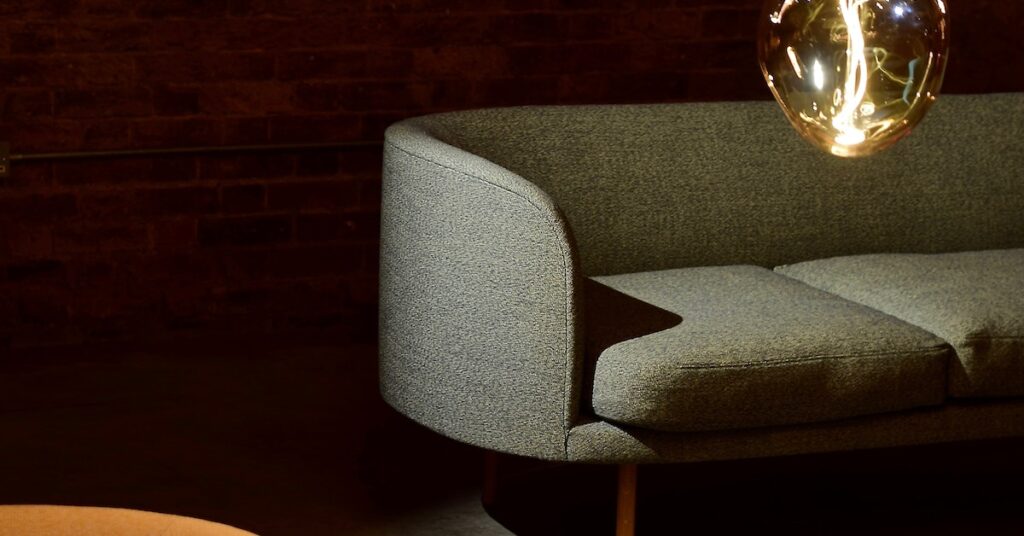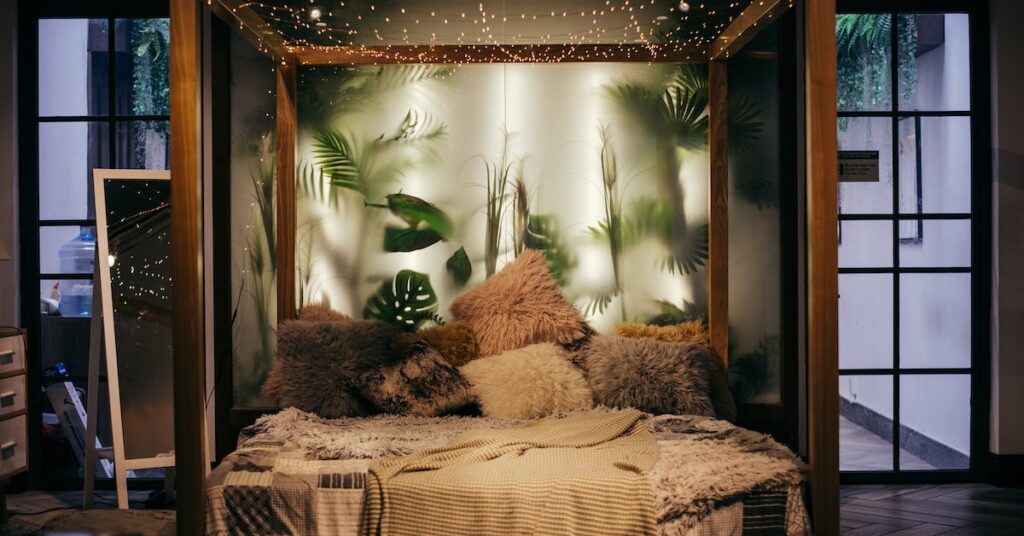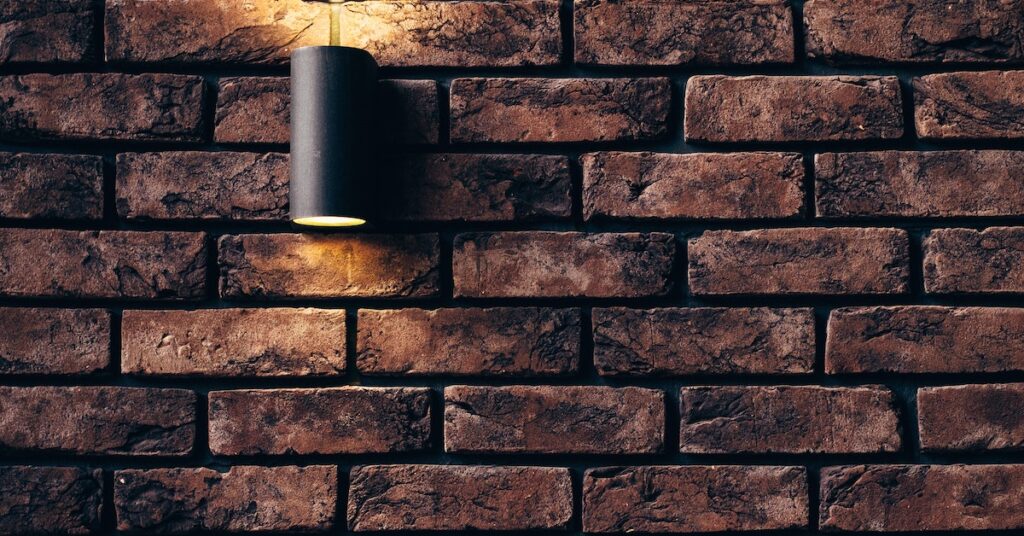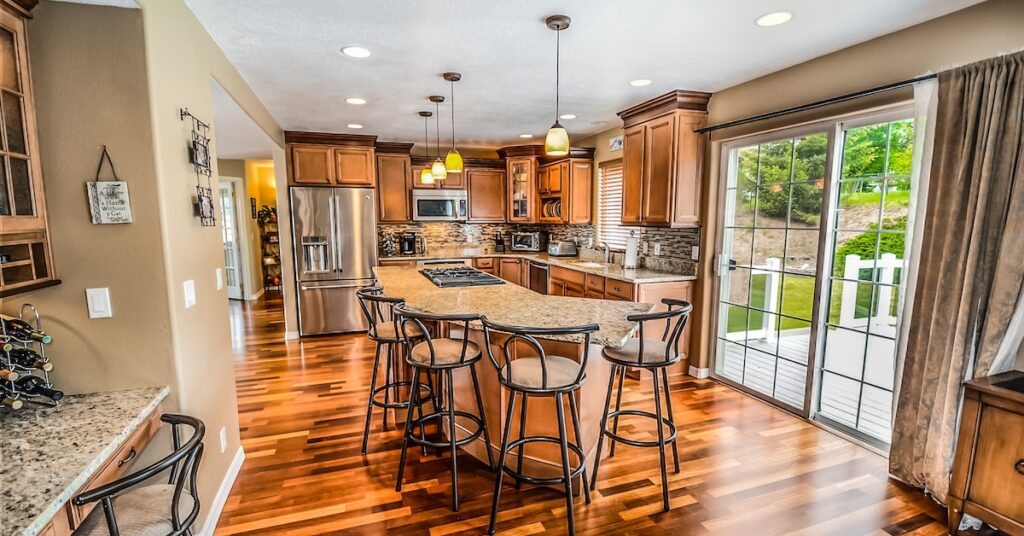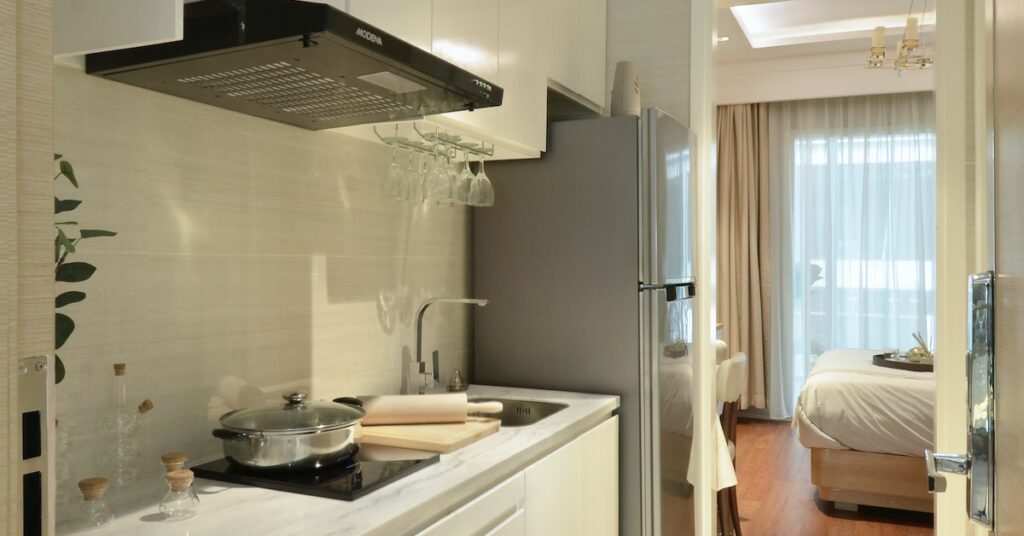When you are decorating your living room, lighting is a very important feature. You may want to add table lamps or floor lamps to the room, or you may want to use overhead lighting. The lighting should enhance the other decor in the room, such as a painting or a sculpture. You also need a well-lit area for reading, so make sure you have sufficient light for this purpose. In any case, lighting should complement your sofa and other statement pieces.
Modern Living Room designs
Contemporary living rooms often feature a single theme. For example, Scandinavian-style living rooms incorporate natural wood and textures that are inspired by nature. In this example, grays and woods provide a relaxing atmosphere while the palm-like plant adds a touch of nature. Castor wheels, which allow you to move and rearrange furniture, are also a practical feature, especially for frequent decor changes.
Despite the minimalism of modern living rooms, the color scheme can still be striking. Try a classic color scheme, such as gray and navy, but keep the overall look from being too neutral. Navy accents stand out beautifully against gray furnishings, making a statement without overwhelming the space. One such design is a transitional living room by Lauren Nicole Designs.
A modern living room design can also feature a skyline view. The low-profile furnishings help to focus on the breathtaking view. Alternatively, choose a color palette of bright white and reflectivity. If you want to add a touch of romanticism, use red or white roses. Neutral tones are also perfect for combining with flowers of any type. These elements will make the living room look sophisticated and contemporary.
If you want your living room to feel more homey, you can incorporate small details around the room, like decorative pillows or ornaments. Try to stick to a color palette, but don’t be afraid to experiment with patterns and textures. You can use furniture to tie everything together. It can be the main character of the room, while other items serve as the supporting cast. If you want a modern living room that’s also functional, choose pieces with built-in storage systems.
The living room is the place where people spend time. This is why it must be welcoming, without sacrificing style. The AD archives showcase many living rooms that embrace the modern minimalist aesthetic, with a minimalist look, colorful artwork, and fresh greenery.
Mediterranean style
The interior decor of Mediterranean-style living room designs should be unpretentious and simple. The use of ceramic vessels, ornamental plates and small earthenware pots adds a charming touch. Small hammered taper sticks can be nailed to the chimney wall, and figuline baskets can be placed near the fireplace. Bright pillows, a large fruit bowl on the coffee table and a small rug near the sofa zone are also great touches. Avoid big, dense carpets and use light, woven ones.
The floor in Mediterranean-style living room designs should be made of ceramic tiles or natural stone. The walls may be made from painted wooden boards or laminate that is untreated. The ceiling is typically crafted from rough wood beams and painted a matte shade. Lighting is usually in the form of chandeliers with wrought iron parts.
One of the best features of a Mediterranean-style living room is the high ceiling. It’s also complemented by recessed lights and a thin chandelier. Tall windows, like those above the fireplace, can highlight a beautiful outside scene. A gray sectional sofa and two wingback armchairs can add color to this room.
A Mediterranean-style living room can feature a variety of accessories, such as television stands, bookcases, and other home furnishings. It can also include entertainment centers such as a fireplace and bar cart. In addition, the living room should have plenty of storage space, especially if you live in a small apartment. Built-ins are a great option for storage, but they can be expensive.
The traditional Mediterranean-style living room has a high ceiling, wooden floors, and a fireplace. Oftentimes, a fireplace will be set close to a wall or a TV, and many of the furnishings are made of wood. The fireplace is an attractive fixture and the ceiling is high. The sofa set in the center of the room looks luxurious and cozy. A beautiful chandelier on the ceiling adds a touch of glamour to the room.
Bold colors
When it comes to choosing bold colors for living room designs, remember that they should be used with care. Using too many of one color can make it look too busy or overwhelming. Use contrasting colors like white or black for accents or a lighter tone in the room to balance out the colors.
In addition to paint, you can use accents like boldly-painted pillows or throw blankets. You can also use color in window treatments and furniture. Brightly painted stools and end tables also add a fun accent to a room. The color of these accents can also play off colors in the rug or introduce a new shade of fun.
Bold colors are great accents for rooms without overwhelming the space. For example, a bright blue accent wall adds a splash of color without making the space look too busy. In addition, you can add colorful furniture and cushions to make your room more exciting. When you choose the right accent colors for a living room, you will have a space that you’ll be proud to show off.
If you’re unsure about using a bold color in your living room, try using it in accents. For example, a peacock accent chair is a great way to add a touch of peacock color to the room. Alternatively, you could choose a bold patterned curtain to add a splash of yellow to the room.
Another great tip for using bold colors in a living room design is to tone down the amount of pattern-filled decor in the space. Your brain will have a harder time processing multiple patterns compared to a solid color. In addition, too many patterns can overwhelm your room. The goal is to achieve the perfect balance. Nozawa recommends choosing one pattern in a small color story so that it can act as a guideline for the rest of the room’s color scheme.
Repetition in decor
Repeating shapes and colors can help create a unique look in your living room decor. Start by picking a dominant color and repeating it throughout the room. You can also repeat the same color in different areas of your home. For example, you might use the same color for the rug and cushions.
Repetition can be achieved in several ways, such as through paint, tiles, carpet, or wallpaper. Using similar shapes and colors can also create visual flow. When used correctly, repetition will create a sense of movement and flow in your living room. In addition, repetition will balance out your color scheme.
You can repeat colors, shapes, and textures throughout your living room decor. For example, you might repeat patterns that are similar to the ones you already have, such as stripes, flowers, and geometric shapes. You can also use asymmetrical shapes to create repetition. This will make your room seem more spacious.
DIY options
The living room is one of the most used rooms in a house. It serves many purposes and it should be comfortable and stylish. Luckily, there are a lot of DIY options for living room designs that are affordable and sophisticated. From a DIY sofa to leather chair covers, you can create a beautiful and comfortable space without breaking the bank. For example, you can make a giant abstract painting on a wall and hang it on a metal ladder, saving you money while still displaying art.
Another inexpensive DIY option for living room designs is a copper planter. This is an attractive way to welcome nature into your home. It is easy to assemble and can be filled with several different types of succulents or cacti. It is an excellent way to add a green touch to a room without breaking the budget.
Another DIY option for living room designs involves reorganizing the layout of the room. Usually, the living room has a coffee table in the center, a sofa on one end, and a television on the other. However, you can change the layout of the room to make it feel larger and more spacious.
Redesigning your living room can be a difficult task. However, if you have the patience and skill to do the work, there are a few simple DIY options that are both inexpensive and effective. For example, you can rearrange furniture or even add a rug. These are just a few of the many DIY options for living room designs.
In addition to DIY options for living room designs, you can also add unique accents to your living room. Try using unusual shapes to enhance the design. A geometric coffee table is a great way to add character to your living room without breaking the budget. For example, a wood-carved table with a geometric design can give you a unique look that will stand out in a room. Another inexpensive way to make a coffee table is to stack several boards of wood together.
